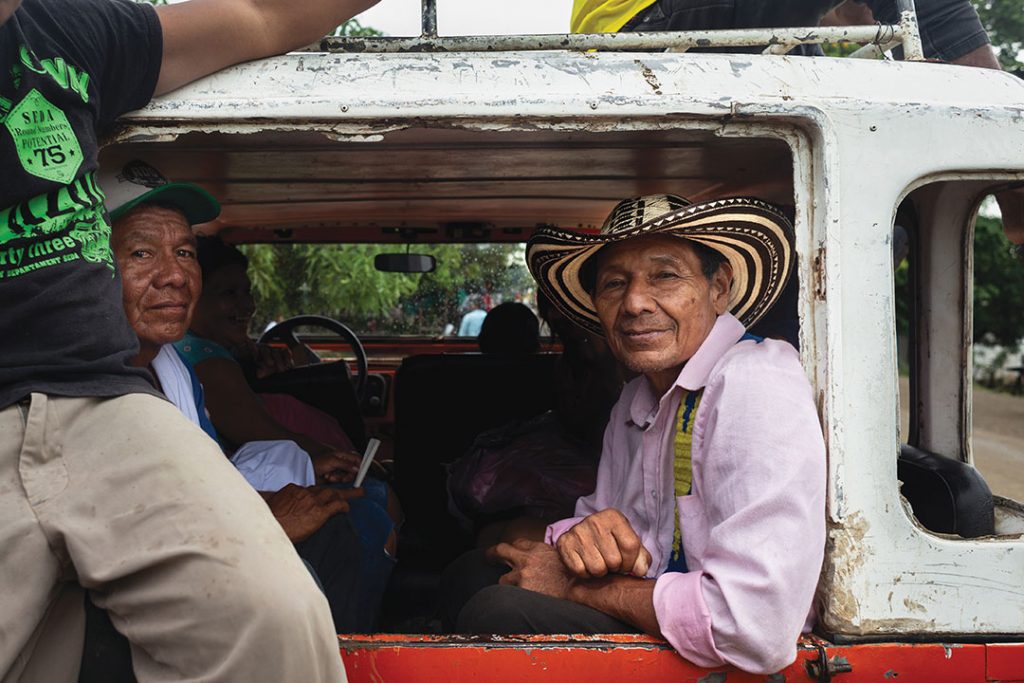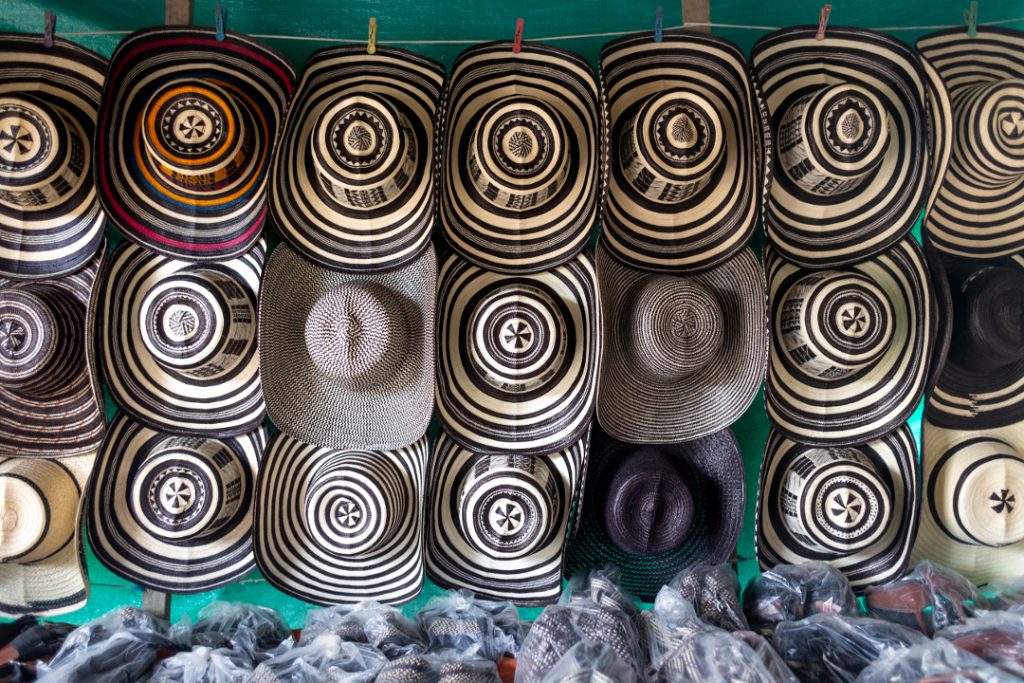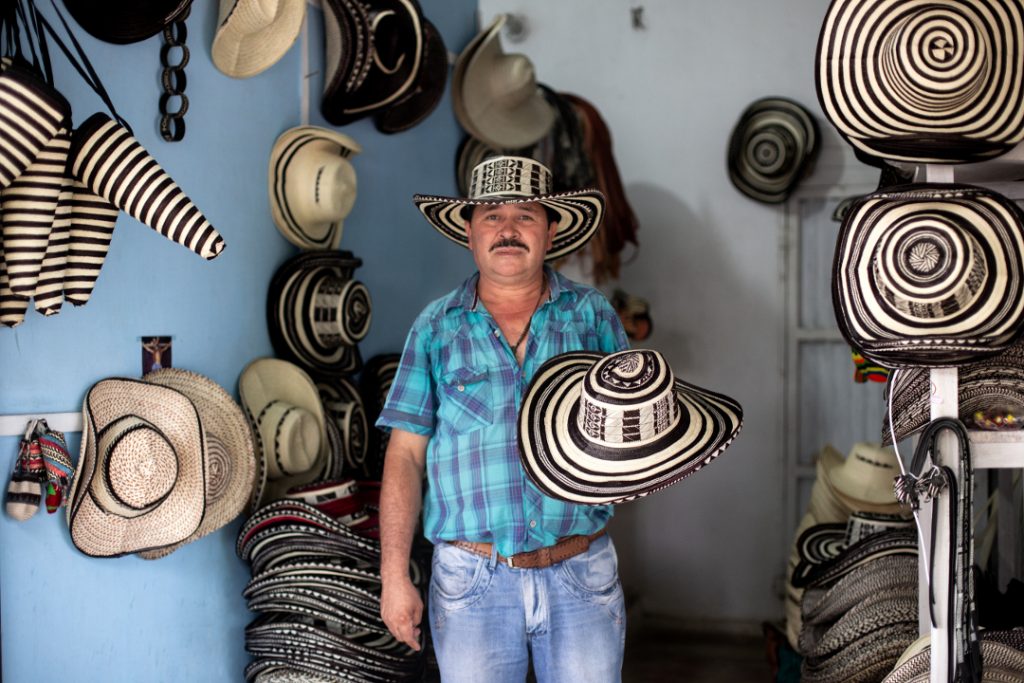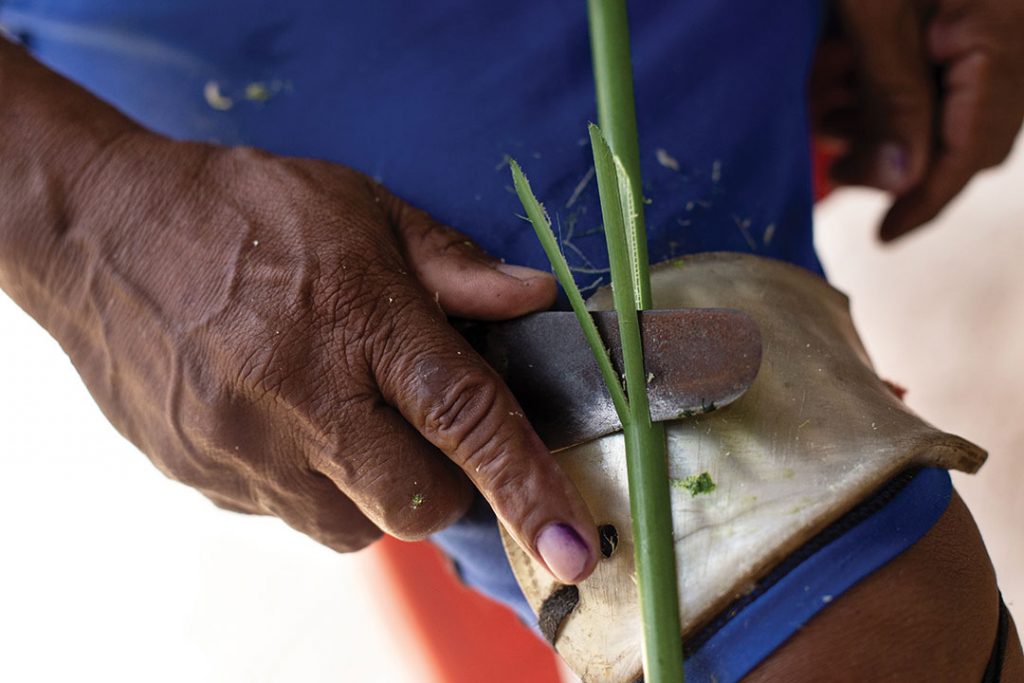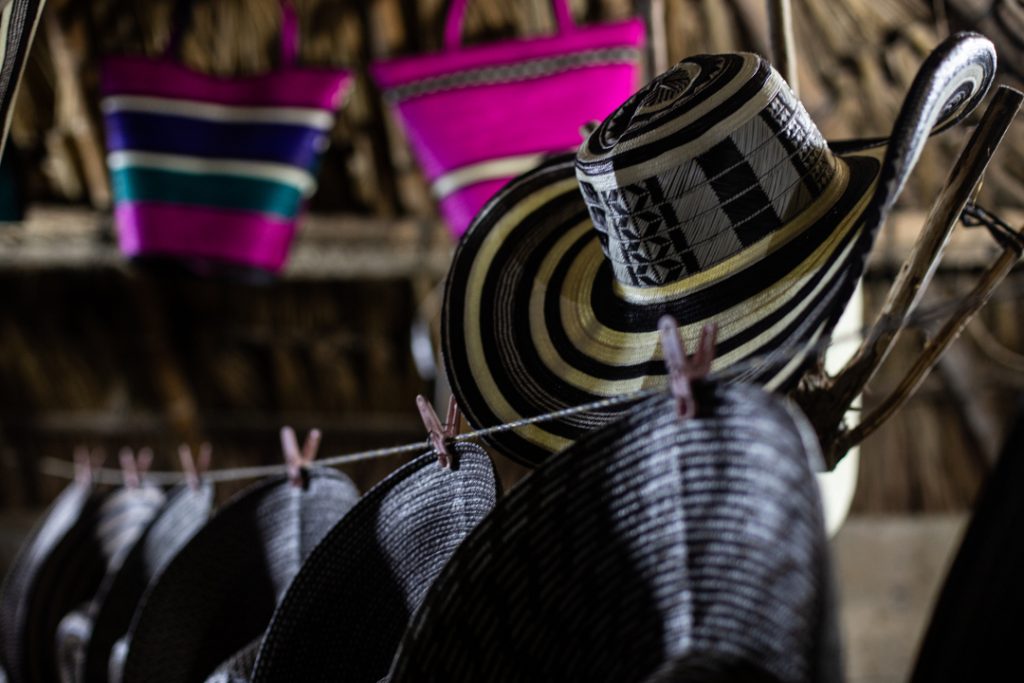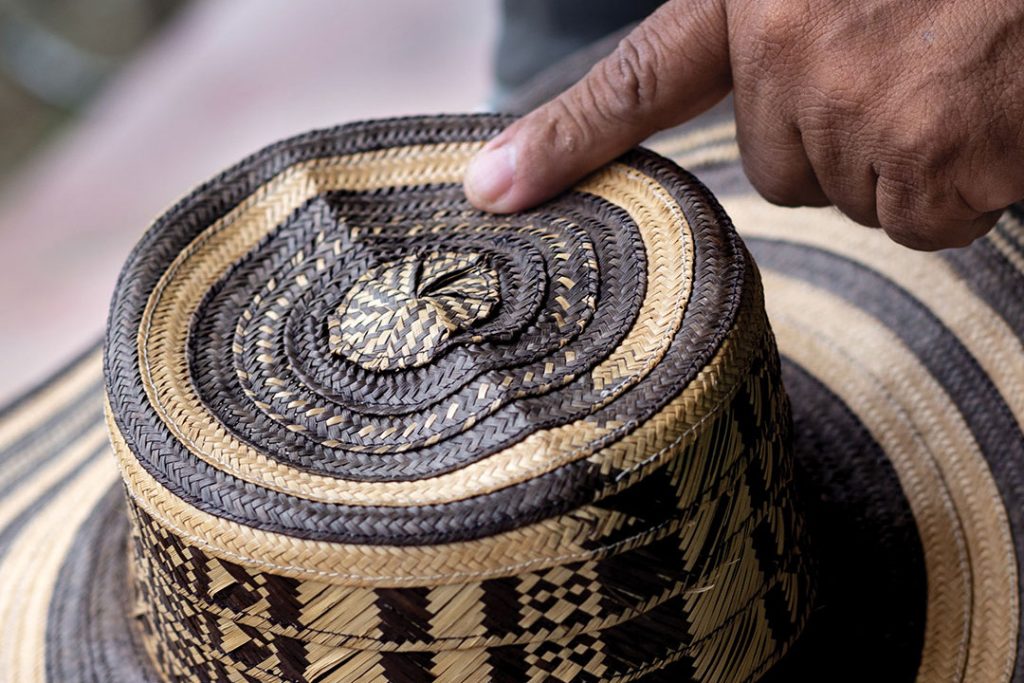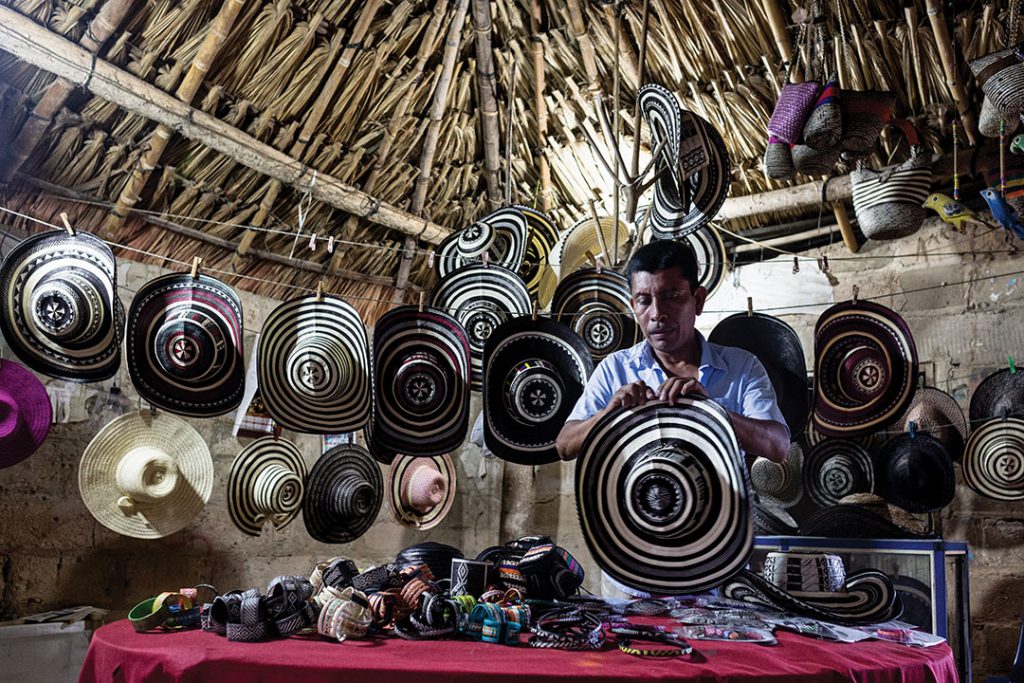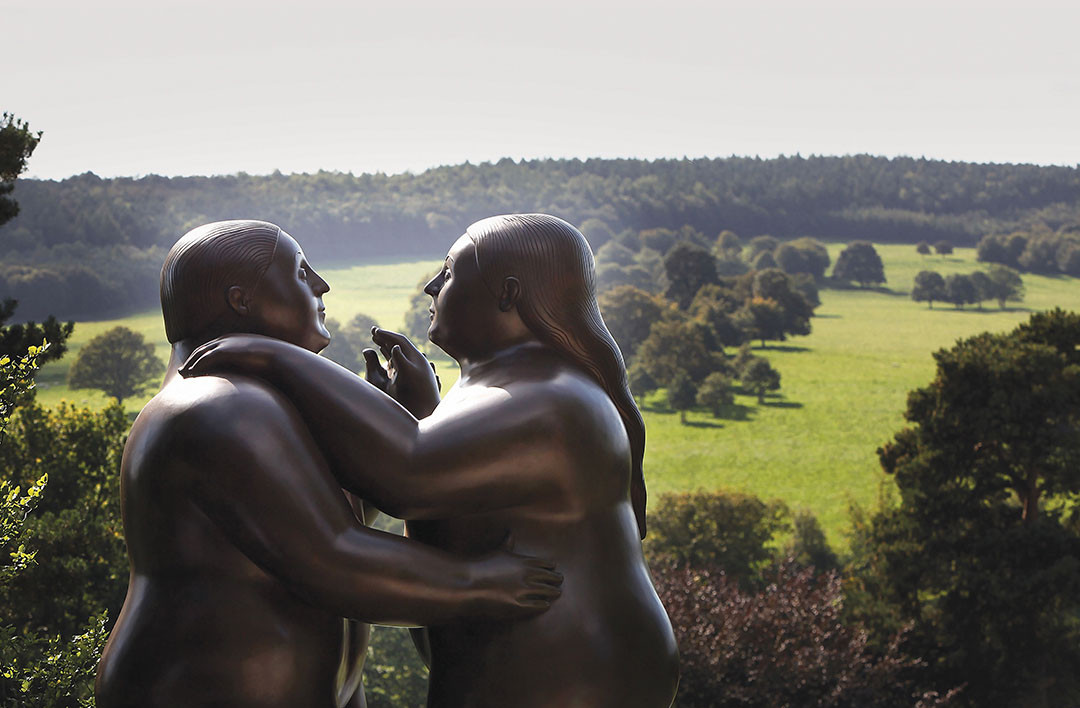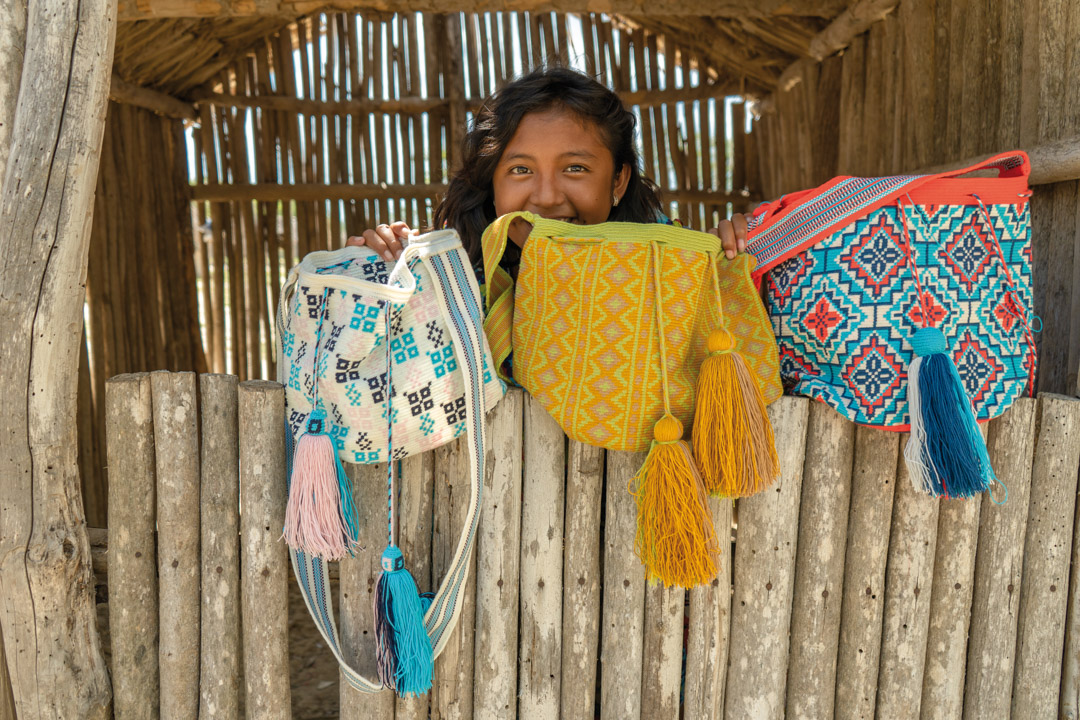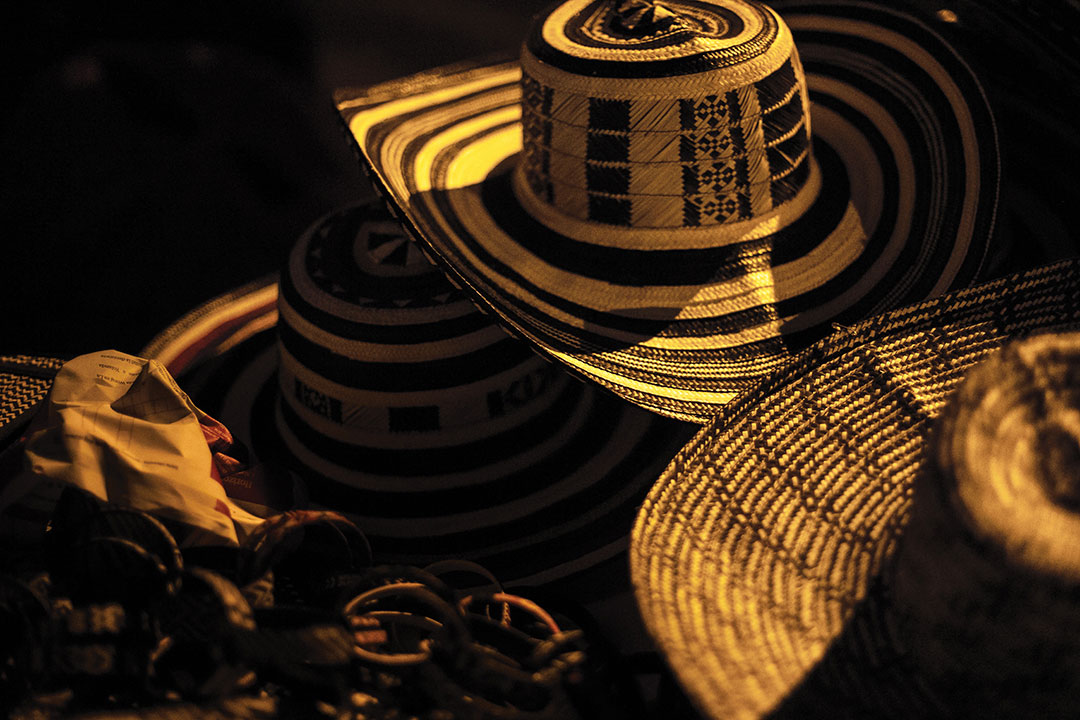
BRAIDING TIMELESSNESS
The old master craftsmen believe that the first hats could have been made by their ancestors, indigenous people of the Zenú ethnic group dedicated to agriculture, more than 300 years ago. As a protection they wore it, while their bodies bowed under the sun to sow some seed or dig up the yucas or ñames. The masters remember this scene while highlighting their current work as guardians of a cultural treasure, which emerged from the daily life of the peasants in the depths of the tropical dry forest of the Caribbean Region, and perched right on the heads of famous presidents and athletes.
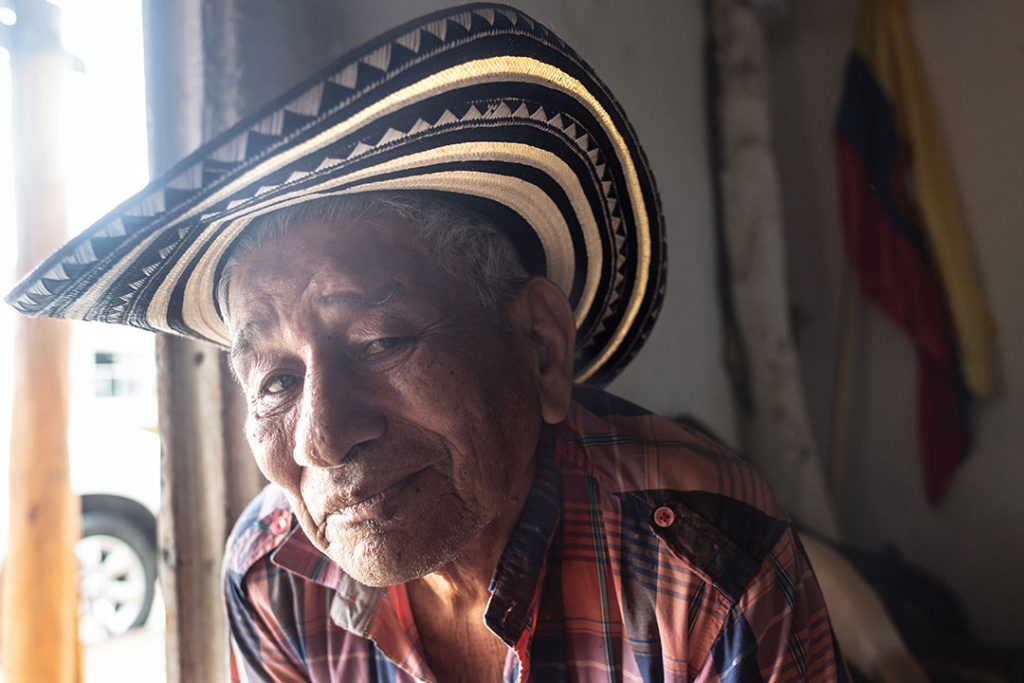
Reinel, José and Teófilo, master craftsmen of 57, 77, and 85 years old respectively, tell their experiences in Tuchín, Córdoba. They describe to us a hat that more than a piece of clothing is a story in itself. “Then we made that hat to Bill Clinton and it was the traditional one, the ancestral one, which is the hat that wears the board back …”, says Reinel. “The pint of the Flor de la Cocorilla, our ancestors were inspired by a bush that threw a fruit and its flower was beautiful. So the young women put it on and adorned their hair… ”, tell José while he mentions one of the 35 pints that adorn the hat’s hatch. “There was no one here who sewed the hat on a machine, I was the first one to do it. That was sewn with pitas, by hand…”, says Teófilo, who is also Reinel’s father.
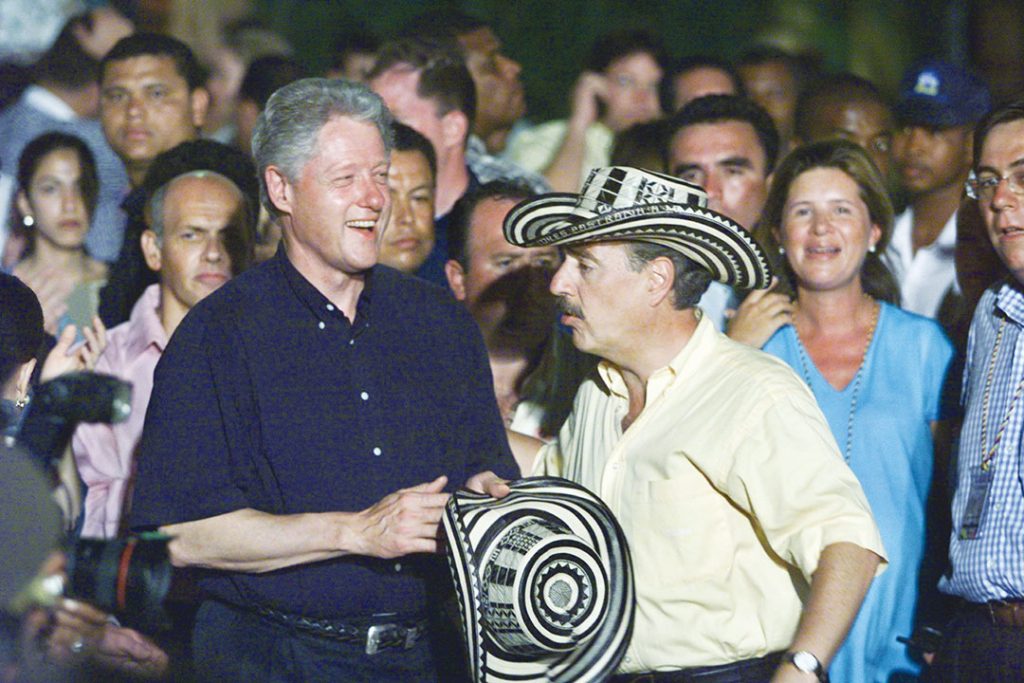
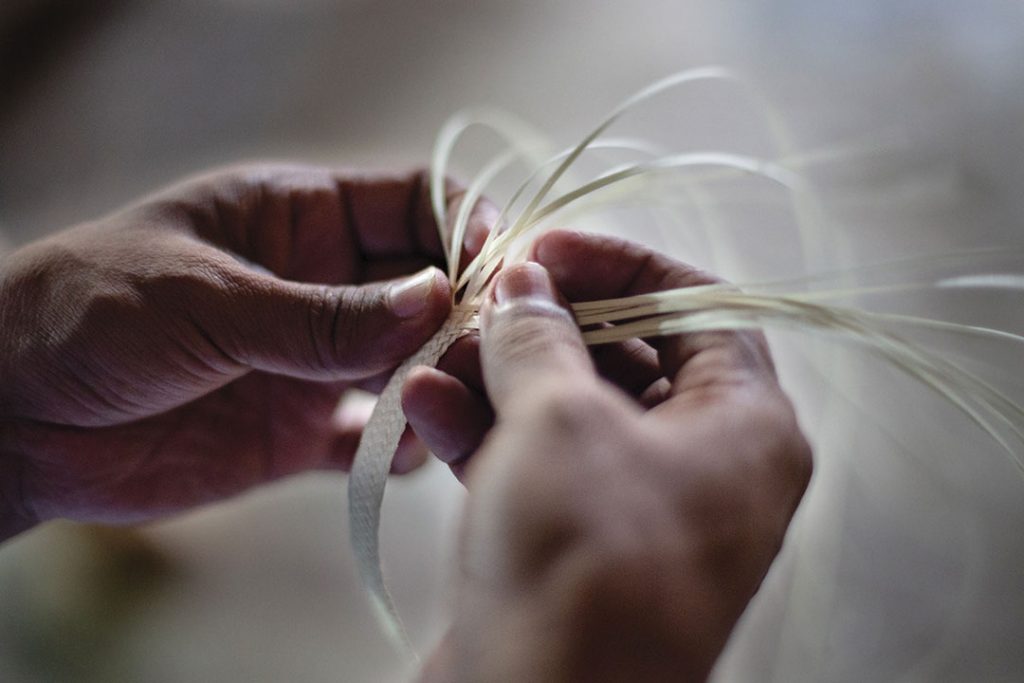
Caña Flecha
The artisans receive from their parents the ancestral knowledge of how to craft the Sombrero Vueltiao: from how to sow and care for the Caña Flecha to the different braiding techniques, which are quite complex and differ from hat to hat. The process of desvaritar Caña Flecha is vital. The softness of the braid depends on it.
The hat, with its template, wrap and wing, comes out of the depths of the earth. It is the result of the leaves of the Caña Flecha desvaritas, that is, peeled; of the mud made with rainwater, of the dried leaves of the plant known as Teeth Cleaner and of a cooking process that, after five days, will give the fibers a deep black color. More than 20 thousand people in the area work for hours in a complex braiding process, which depending on the technique, will produce somewhat rustic hats such as quinciano, or more delicate and exclusive ones such as decinueve (19) and veintiuno (21).
The result: a cultural piece elaborated based on endless cycles. Natural cycles such as the life of Caña Flecha, which will die two years after birth, after its roots have spread to create other plants; and narrative cycles, because tradition and technique are transferred and renewed over the generations by artisans. When finally completed each hat, made with more than 20 metres of braid, represents the beginning and the end of a story told by many voices with one purpose only: to keep the identity of a whole town alive.
